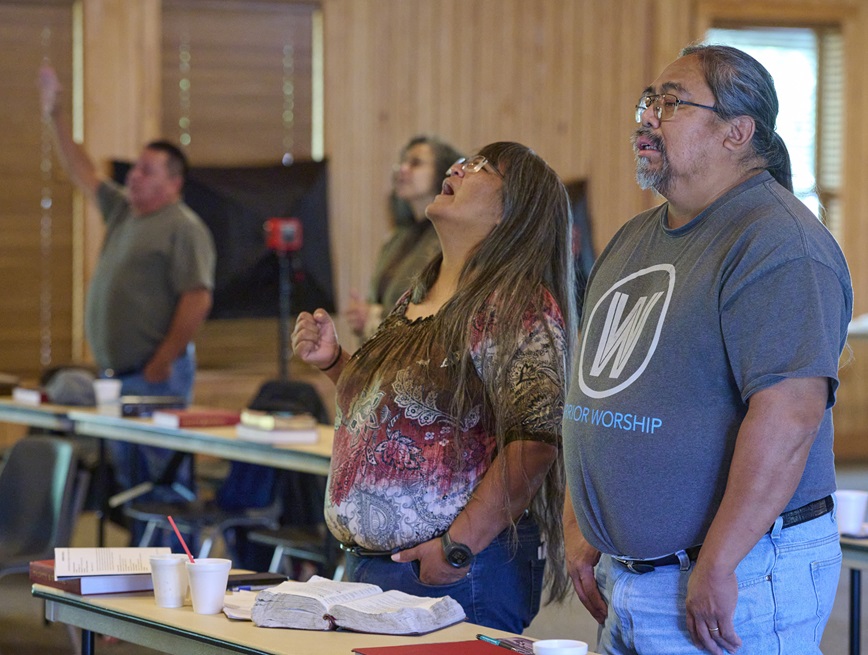Related Articles
500 Years after Columbus: Requiem Orte Deum?
The 500th anniversary of Hispanic presence in the New World has ignited debate virtually everywhere.
Miracle, Mystery, Authority
In order to appreciate the far-reaching consequences of traditional religion on the Latin American mentality and way of life, it becomes imperative to look historically at the phenomena which we may call in borrowed symbolism “Miracle, Mystery and Authority.”
Miracle, Mystery, Authority
In order to appreciate the far-reaching consequences of traditional religion on the Latin American mentality and way of life, it becomes imperative to look historically at the phenomena which we may call in borrowed symbolism “Miracle, Mystery and Authority.”
The Sin of Racism
The history of humanity is a history of racism. Human sin, a supernatural devil, and an evil world system collude to weave pride, greed, fear, lust, and racism into all human institutions. Only where the gospel of Jesus breaks the power of this darkness does the fabric of sin begin to unravel.
Rethinking Missions in Native America
By Patrick Lennox | The mission to Native America is not complete. We need more Native pastors to plant new churches and to revitalize existing churches. Those pastors would benefit from seminary training and encouragement to persevere in their communities. And we need the non-Native body of Christ to come alongside and support Native brothers and sisters in their efforts to fulfill the Great Commission in North America.


